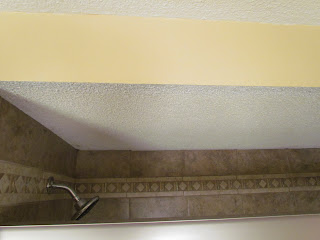EVALUATING LIGHT SOURCES
Not so technical that a smart layperson can't understand the concepts, Craig does a great job here of explaining what lighting designers try to accomplish in lighting a room, architectural structure or landscape.
More importantly, he teaches us what those cryptic codes on the new lighting labels mean, and how to use them to make better choices at your lighting supplier store.
Also, some fabulous images, courtesy of Peter Ngai, that illustrate the concepts.
Peggy
 | |
| Point Source Linear Source Area Source |
Craig's description:
Electrical Contractor recently published an article I wrote about a simple methodology for evaluating light sources based on a basic series of questions:
• What is the distribution of the light?
Distribution is measured in candelas (cd).
• How long does the lamp last?
Service life is measured in hours.
• How much light does it produce?
Light output is measured in lumens (Lm).
• How much electric power does the system require?
Power is measured in watts (W).
• How efficient is it compared to others?
Efficacy is measured in lumens per watt (LPW).
• What is the color appearance of the source?
Color tone is measured in kelvins (K).
• How well does the source render colors?
Color rendering is expressed on the color rendering index (CRI).































